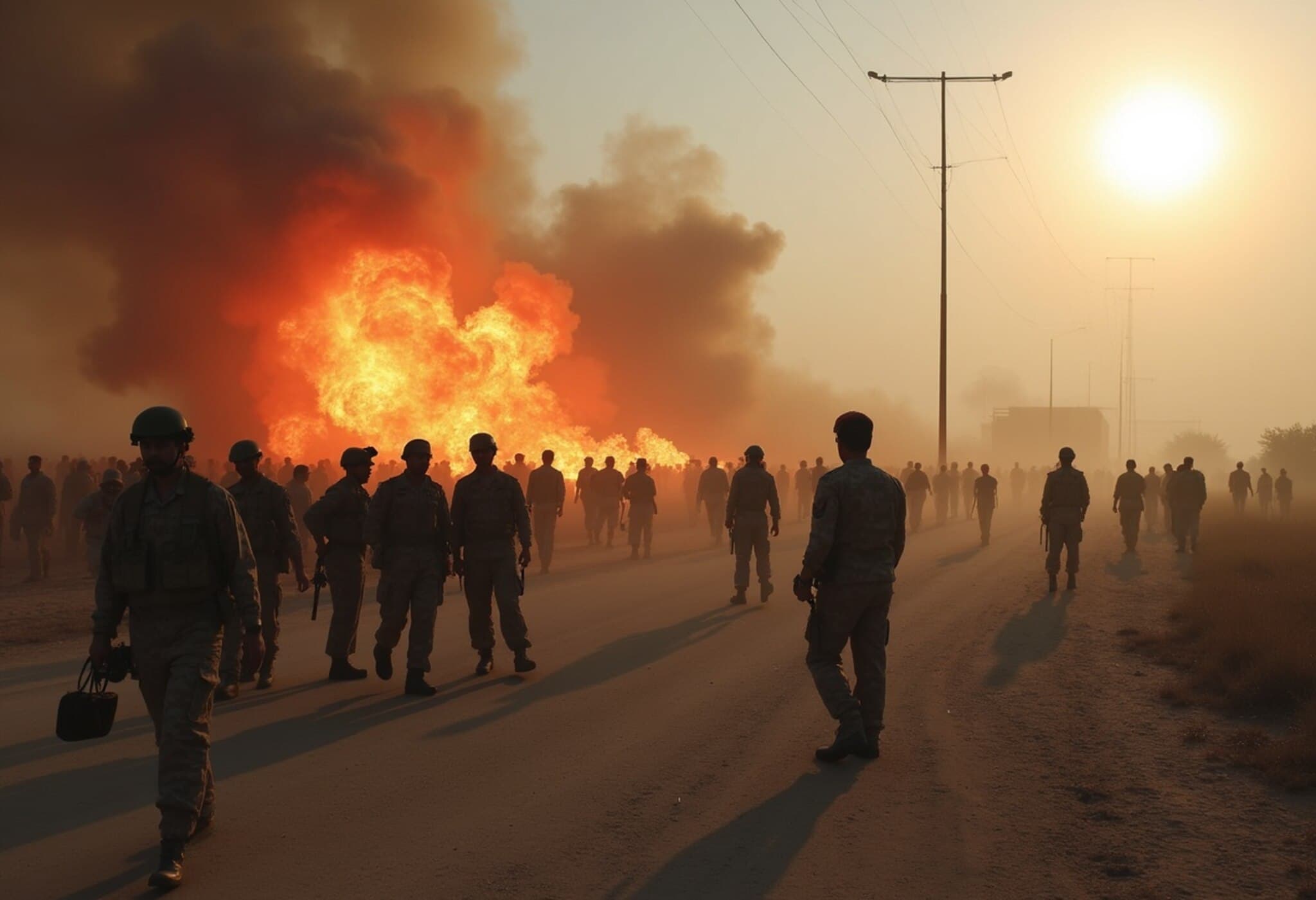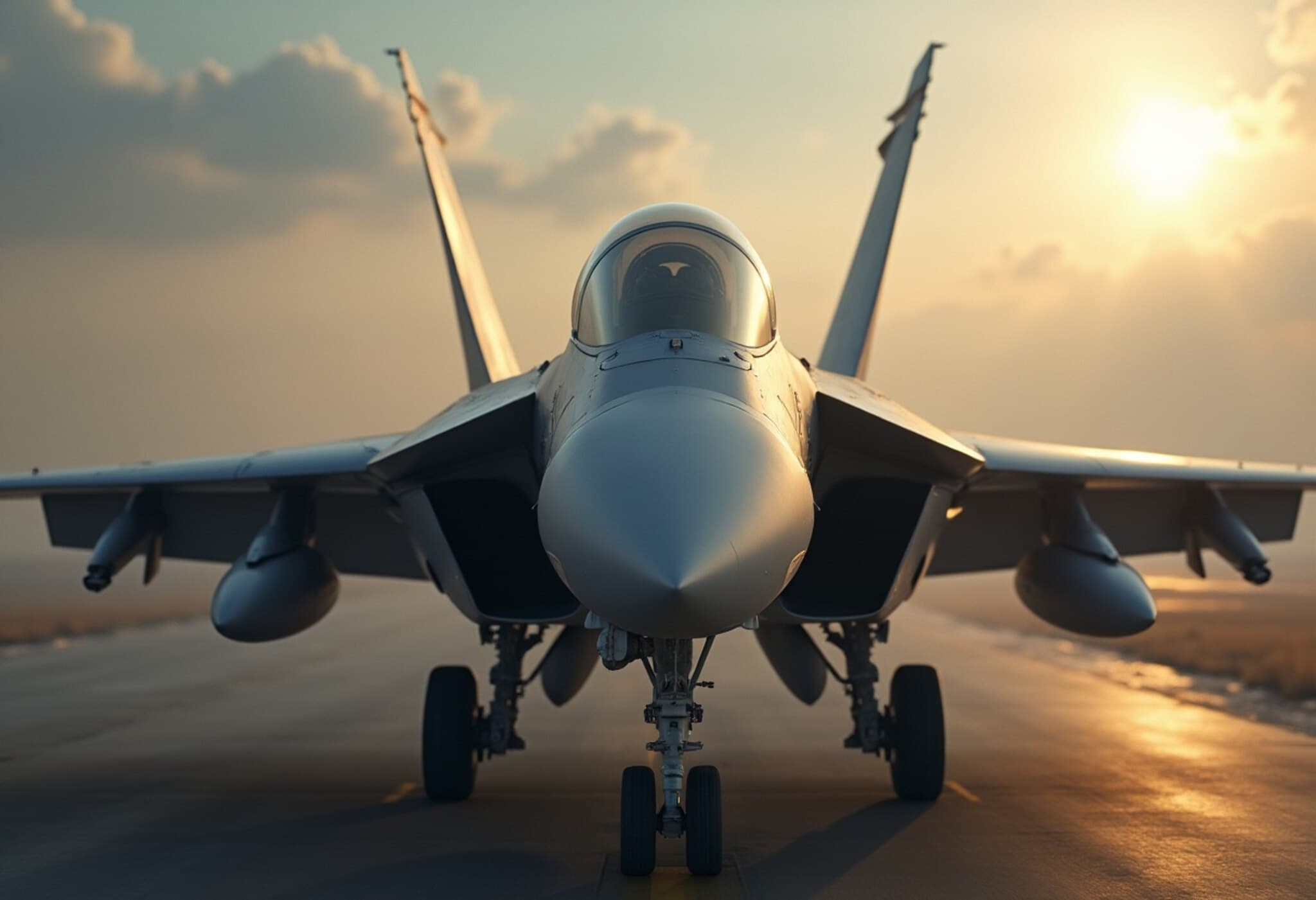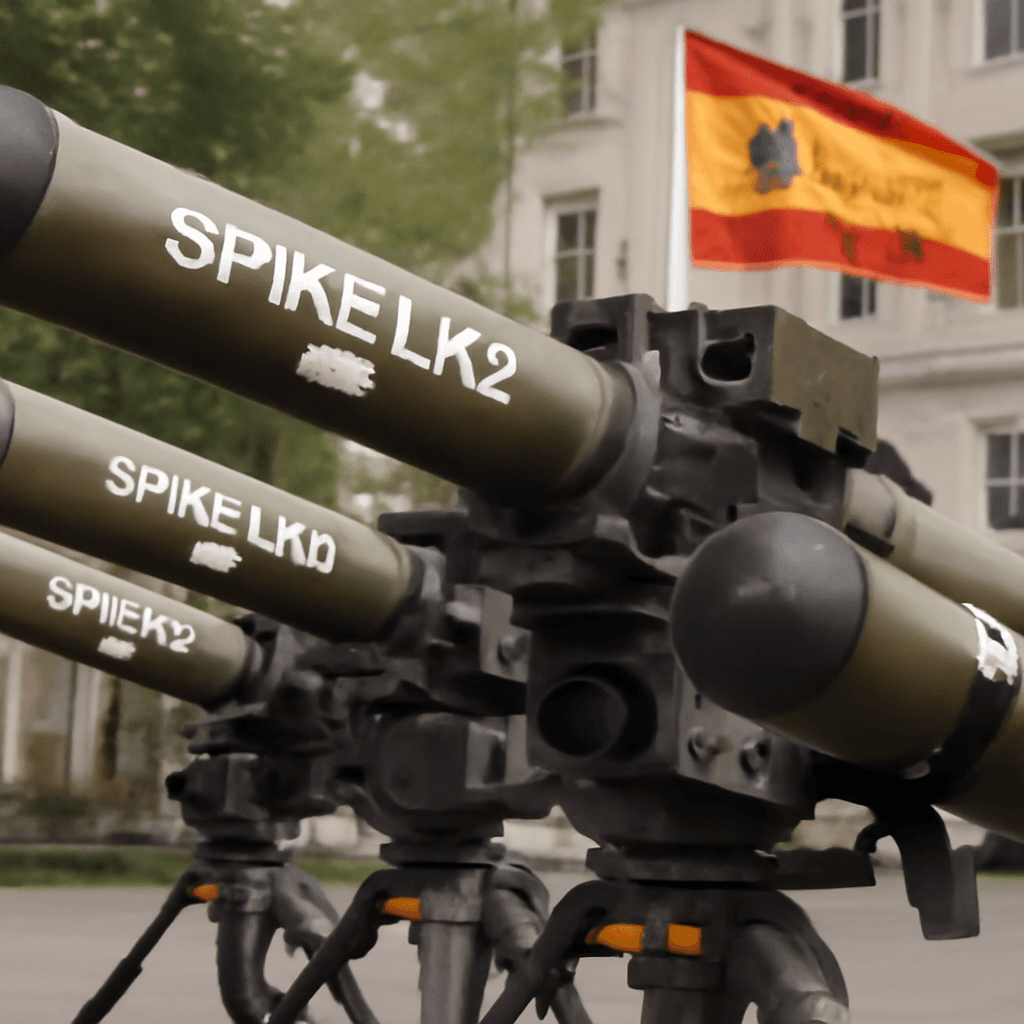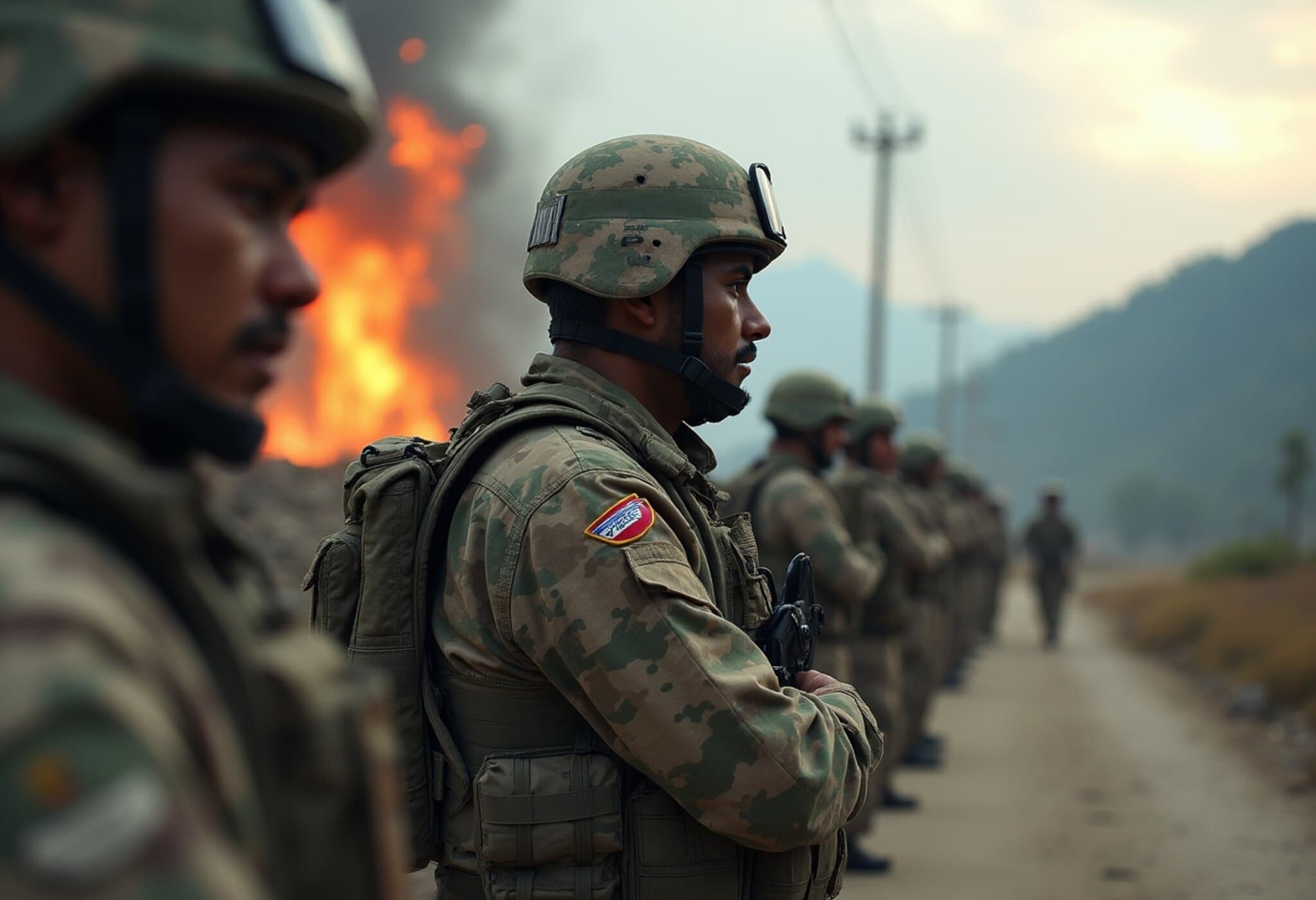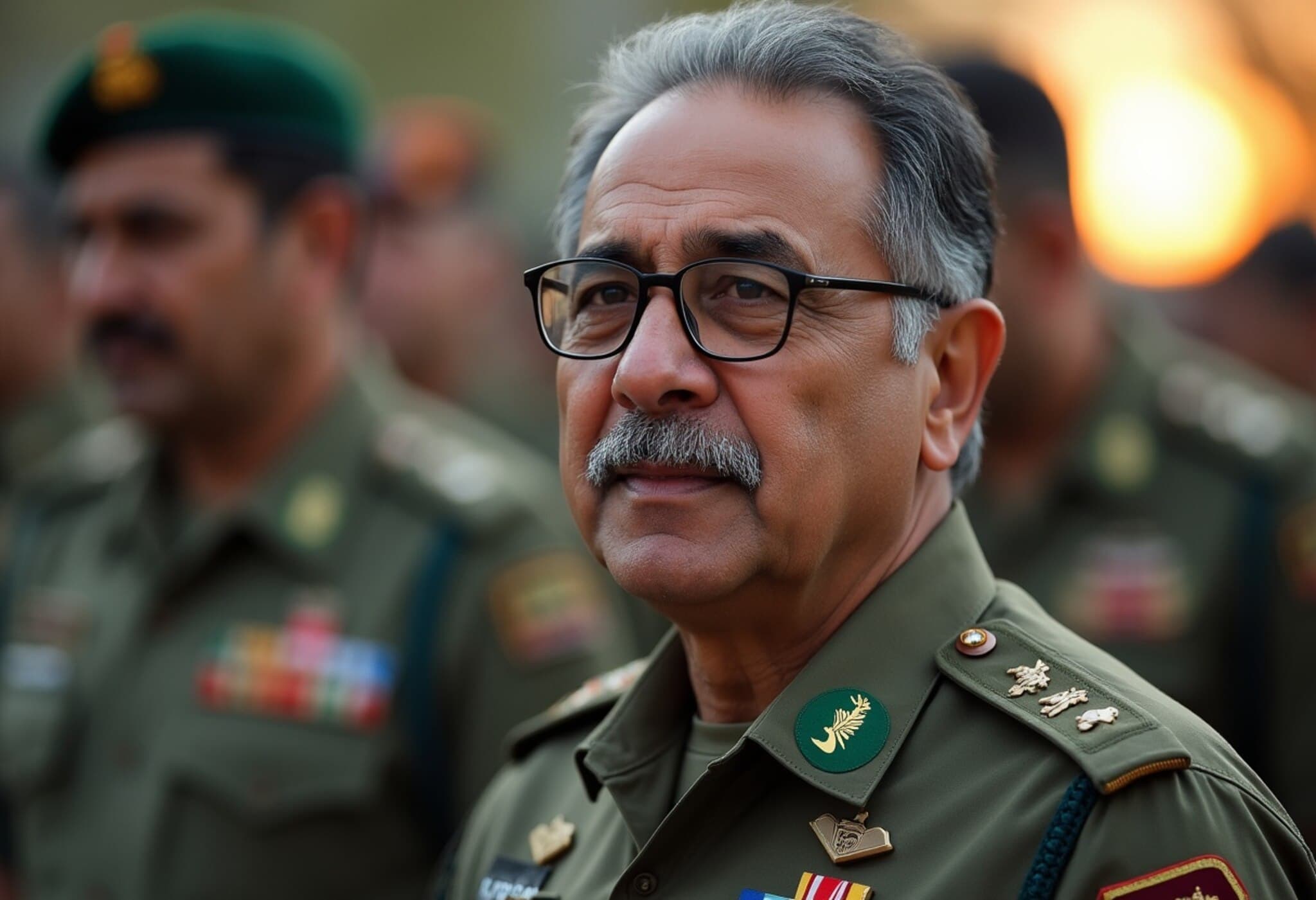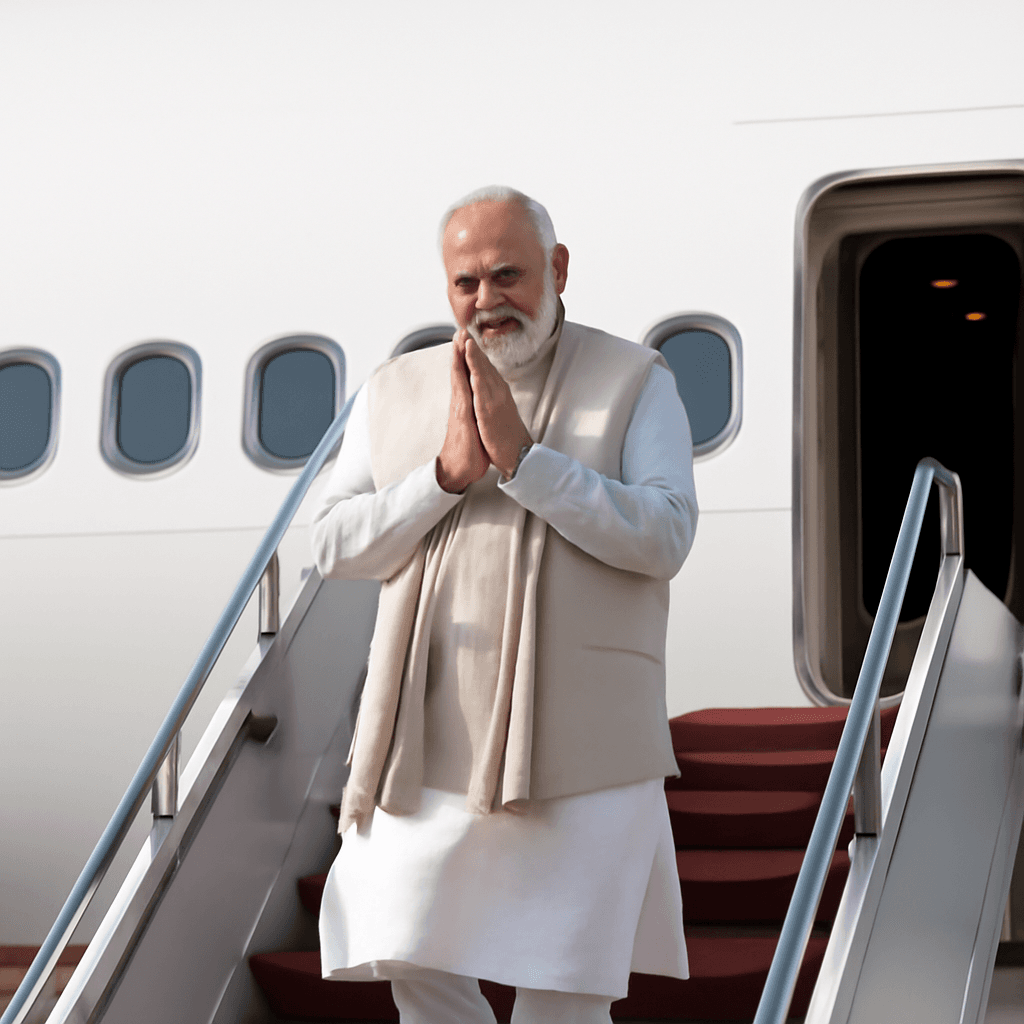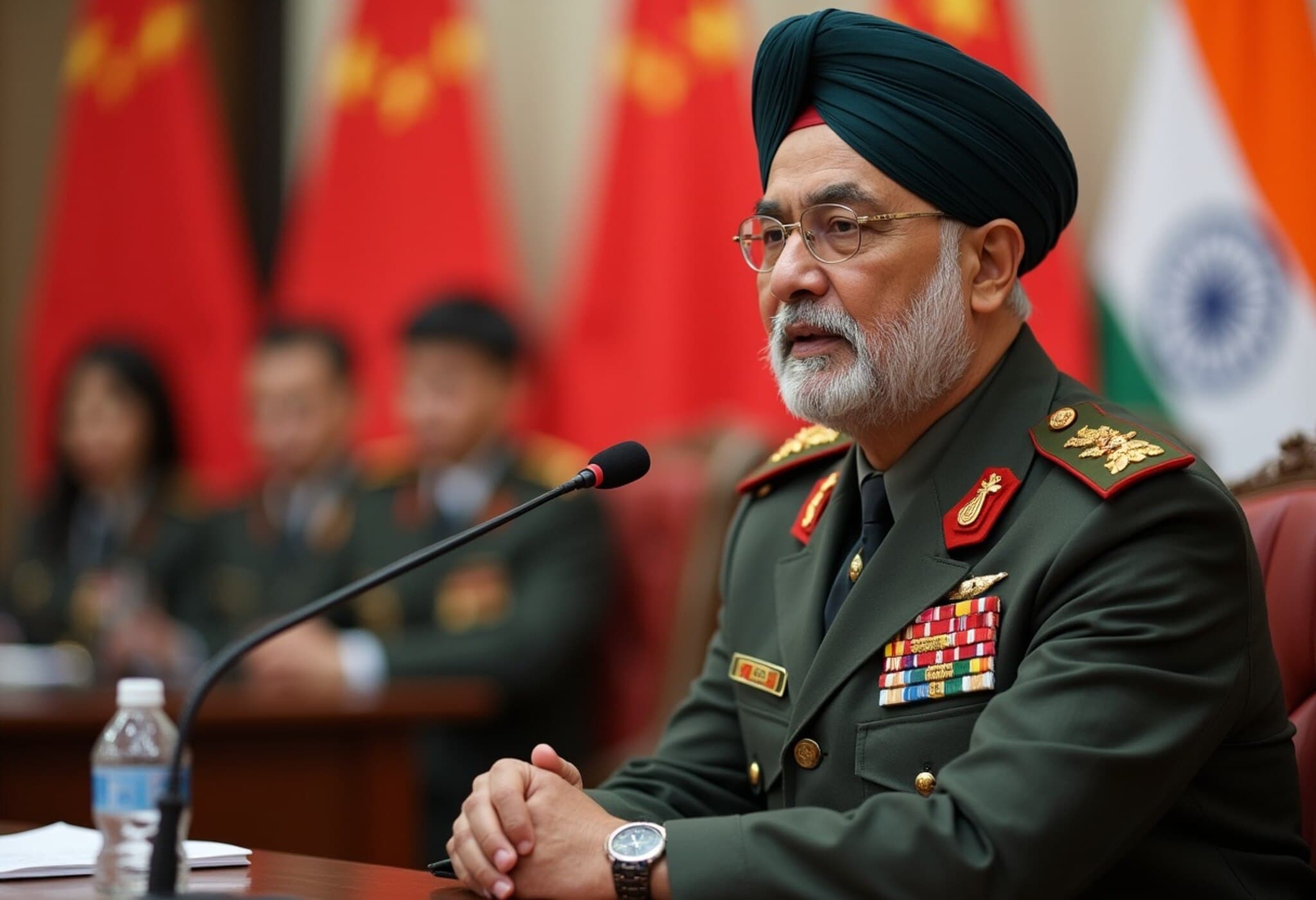Pakistan's Deputy Prime Minister Opens Up on Ceasefire Request Amid Rising Tensions
In a recent interview, Pakistan's Deputy Prime Minister Ishaq Dar disclosed that Pakistan sought a ceasefire with India following Indian missile strikes on two key Pakistani air bases. These events unfolded in the backdrop of Operation Sindoor, which was launched by India in response to a terror attack in Jammu and Kashmir.
The Targeted Air Bases and Their Strategic Importance
The air bases targeted by the Indian military were Nur Khan Air Base in Rawalpindi and PAF Base Rafiqui (Shorkot) in Punjab province. Nur Khan Air Base, located between Rawalpindi and Islamabad, is among Pakistan's most sensitive military sites, housing critical air force operations as well as VIP transport units. Meanwhile, PAF Base Rafiqui serves as a principal fighter air base, hosting advanced combat aircraft including Chinese JF-17s, French Mirage 5s, and Alouette III helicopters.
An Unfolding Diplomatic Intervention
Dar revealed that following the strikes, Pakistan reached out for international assistance to de-escalate the conflict. Saudi Arabia and the United States played pivotal roles during this sensitive phase. Saudi Prince Faisal reportedly contacted Dar shortly after a conversation with the US Secretary of State, offering to engage India’s External Affairs Minister on Pakistan’s behalf to negotiate an end to hostilities.
"At 2:30 a.m., India launched missile strikes on Nur Khan and Shorkot air bases," said Dar. "Within 45 minutes, Saudi Prince Faisal called me, seeking permission to talk to India to convey our readiness to stop if they ceased."
Operation Sindoor and Its Aftermath
Operation Sindoor was initiated on the night of May 7-8 as a retaliatory strike against terror camps in Pakistan and Pakistan-occupied Kashmir, following a deadly attack on tourists in Pahalgam on April 22. The operation resulted in the destruction of infrastructure at nine terror bases but significantly escalated hostilities between India and Pakistan.
As tensions peaked, the United States, while publicly neutral, engaged behind the scenes to urge both parties to de-escalate. Officials stressed the importance of activating direct military communication channels to prevent further escalation. By May 10, direct communication between the Pakistani and Indian military leadership led to an agreement to cease all fire from 5 p.m. that day, although Pakistan reportedly violated this ceasefire shortly after it began.
Visual Evidence and Military Impact
Satellite imagery analysis revealed the precise nature of the strikes. Images taken on May 10 showed damage to command and control facilities and destruction of vehicles at Nur Khan Air Base. A subsequent image from May 17 showed active clean-up operations, confirming the extent of the damage from the Indian attacks.
Furthermore, Pakistan’s retired Air Marshal Masood Akhtar acknowledged the loss of a valuable AWACS aircraft during the operation, which was responsible for long-range surveillance and control, underlining the severe impact on Pakistan's air capabilities.
Looking Ahead
The admissions by Pakistan’s Deputy Prime Minister provide rare insight into the dynamics of the May 2025 conflict escalation and underscore the delicate balance of military action and diplomacy. The intense confrontation over strategic military sites and subsequent international mediation highlight the fragility of peace in the region.

